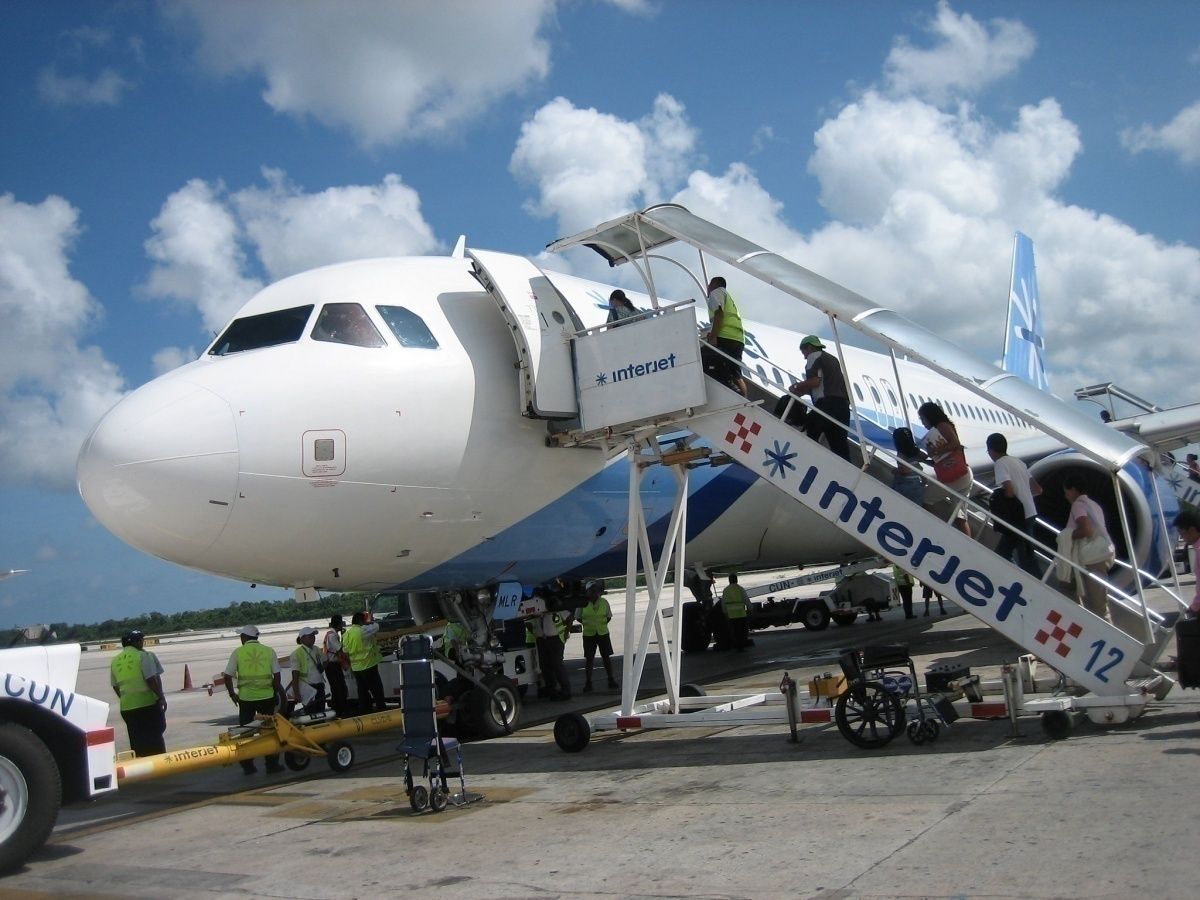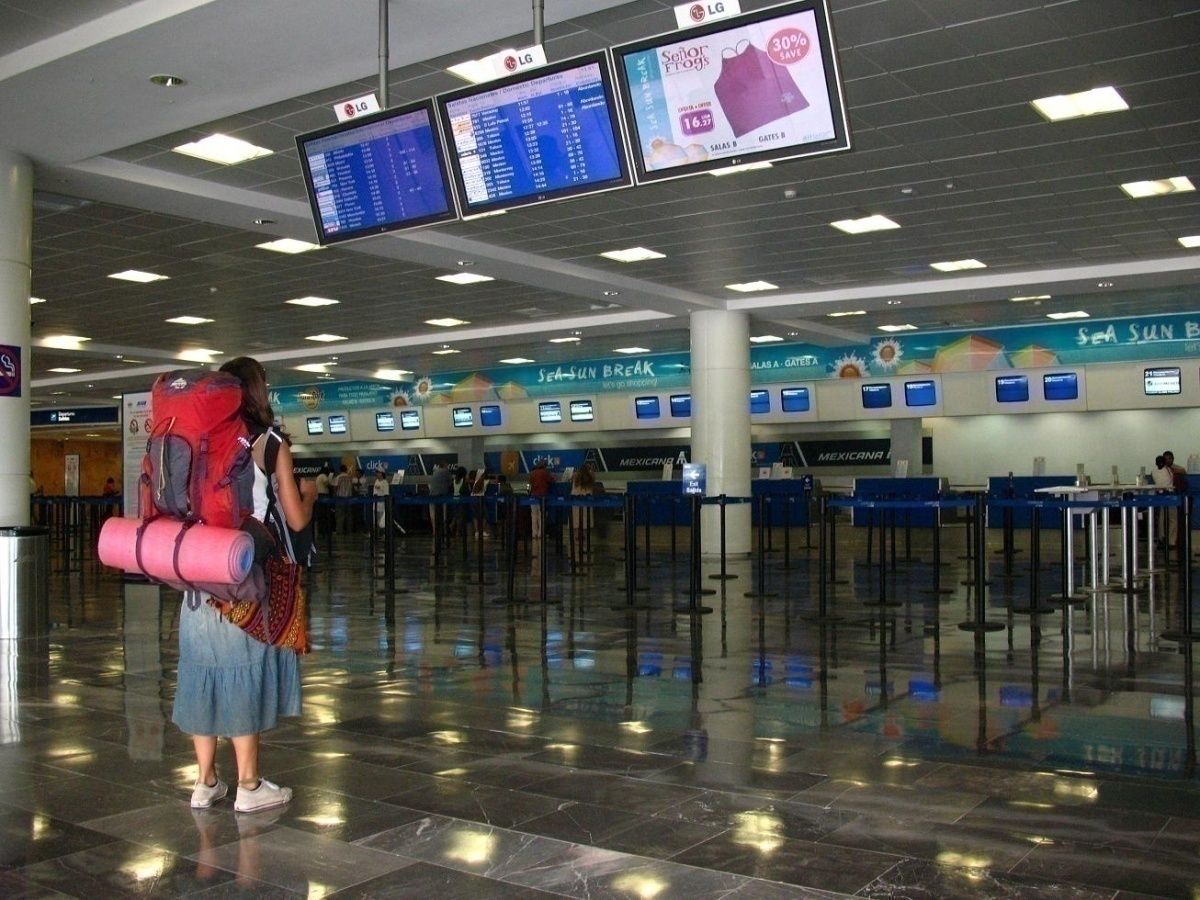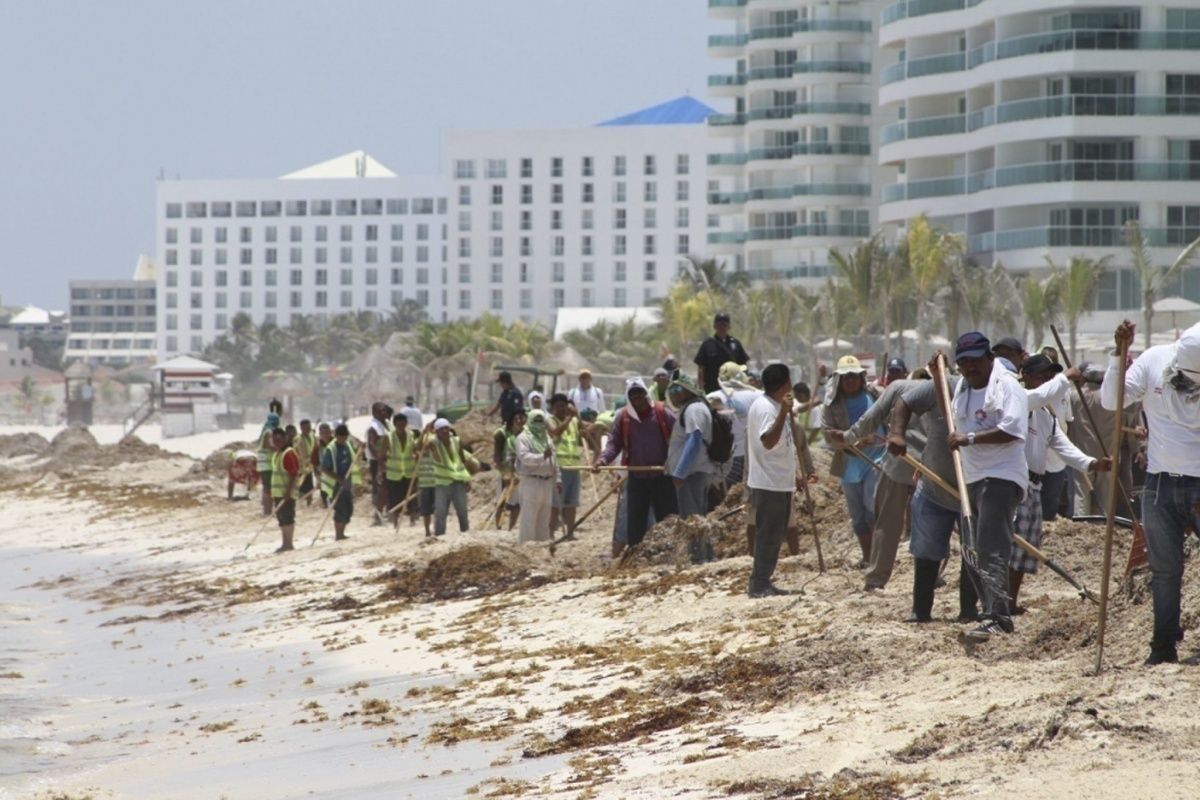In 2019, Cancun International Airport grew only 1.1%. Last year, the hub received 25.4 million passengers. In comparison with 2018, it received just 200,000 extra passengers; previously it showed a growth of over a million passengers extra annually.
There are several theories as to why the second-biggest hub in Mexico seems to be slowing in its growth. From a full capacity to the sargassum, a smelly algae that affects tourism, let’s check them all.
Cancun is near its saturation
Everyone hears about saturation at the International Airport of Mexico City. It gets all the highlights because of this and also because of the whole drama surrounding the scrapping of the new airport that the previous government was building.
But what is not so well known is the fact that Cancun is also near saturation point. Peter Cerdá, regional vice-president at IATA said last year,
“The hubs at Cancun, Guadalajara, and Monterrey urgently need new investments to expand its capacities, as they are near their limits.”
This is potentially catastrophic news for the air industry in Mexico. These three airports, along with the Mexico City hub, receive over 56.7% of the total domestic passengers in the country. Internationally, the percentage is even higher, at 76.4%. So if they are not able to cope with future demand, the country's aviation industry is not going to grow.
Cerdá also said that the Cancun hub (which has four terminal buildings) is, at the moment, growing responsibly. But he urged the authorities to evaluate its master plans. They should also create a project that enables the airport to grow into the future.
The smelly algae: sargassum
We all know Cancún for its white beaches. Like a lot of places in the Caribbean, it grows thanks to tourism. Then, the sargassum came.
What is sargassum? It is an algae that multiplies fast and, over the last few years, has begun crowding the beaches in the Mexican Caribbean. The real problem is the smell, described as fetid. This has hit the tourist industry in Mexico which, by extension, also affects the air industry.
In July 2019, Monex said that domestic airlines could reduce the number of weekly flights they operate to the Caribbean. Still, airlines such as Interjet maintain faith in the region. It has hourly flights between Cancun and Mexico City. Low-cost Viva Aerobus is also an important player in the hub.
Still, people are achieving new goals with the sargassum. It can be transformed into biofuel. Although no one that we know of is trying to make it into a biofuel for aviation, who knows what could happen? Maybe in the future, this threat to the Caribbean will be used to pump planes into the air.
Other factors: less international travelers and security
It's no big secret that Mexico has a security problem. The United States has published, on several occasions, travel warnings to certain areas of the country.
In 2019, six countries of the top 25 in the list of international visitors to Mexico had a decrease in the number of arrivals. Argentina had a decrease of 23.1%, followed by Italy, with a decrease of 13.5%.
The other four countries are Australia (-5.1%), Guatemala (-4.0%), the UK (-1.3%) and Japan (-1.3). Ironically, the bankruptcy of Thomas Cook wasn't a factor in the UK numbers.
Nevertheless, the United States also had almost neutral growth last year. This international market, the most important for Mexico, grew by 0.2%. Finally, Germany sent just nine more travelers than it did in 2018.
And how does all of this relate to Cancun? Well, the International Airport of Cancun had a 0.1% growth year-to-year in the international market. It received 9,000 more travelers than it did in 2018.
What do you think? let us know in the comments.



